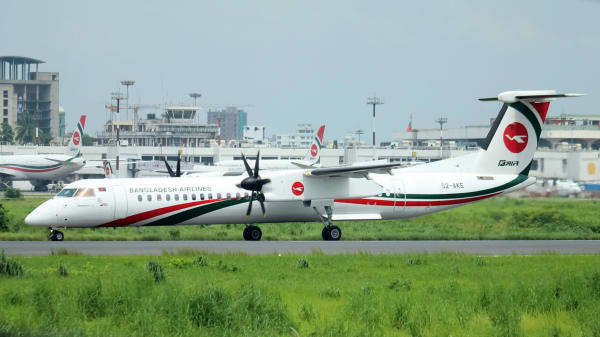The Role of Simulators in Aviation Training Programs
Aspiring pilots, whether for commercial airlines or private endeavors, undergo rigorous training to prepare them for the myriad of situations they may encounter in the cockpit. One particularly vital component of this preparatory regimen involves aviation training simulators. These state-of-the-art tools have revolutionized the aviation industry, enabling trainees to experience flying conditions as close to real life as possible, without leaving the safety of the ground.
Understanding Aviation Training Simulators
Aviation training simulators are high-fidelity tools designed to mimic the aircraft flight experience as closely as possible. They incorporate the latest technology to replicate the cockpit environment of various aircraft models, providing pilots-to-be with a near-authentic experience. When discussing these simulators, it's critical to recognize their significance in modern aviation training programs.
Increasing Safety: Because simulators remove actual risk while mimicking various hazardous flight conditions, they help enhance trainee safety. Simulated emergencies allow trainees to practice and understand how to respond to adverse situations without endangering themselves, the aircraft, or others.
Cost-Effective: Maintaining and operating aircraft for training purposes can be exceedingly expensive. Conversely, simulator training reduces this financial burden. While there are costs associated with obtaining and running aviation training simulators, they are significantly less than those associated with executing actual flights.
Enhanced Training Capabilities: The versatile nature of simulators allows for trainees to experience a wide range of aircraft models and flight conditions. This invaluable tool, allows existing pilots to transition to new aircraft types and better prepare for varying meteorological scenarios.
Why Aviation Training Simulators are Crucial
Notwithstanding the cost-effectiveness and safety implications, aviation training simulators offer other priceless advantages to aviation learning curriculum.
Risk Mitigation: While theory forms the backbone of aviation training, there is nothing like hands-on experience. Simulators offer the chance to manage risk effectively. They give trainees exposure to emergency situations (engine failures, hydraulic failures, weather manipulation) in a controlled environment.
Understanding Cockpit Instruments: Simulators help trainees understand and interpret various cockpit instruments. Developing an intuitive grasp of these tools is pivotal to safe and efficient flying.
Diverse Weather Conditions: In real-life, exposing trainees to different weather conditions for teaching purposes is not possible. Hence, aviation training simulators play a crucial role in creating atmospheric disturbances, helping trainees learn how to handle rough weather confidently.
System Failures: Pilots need to know how to handle a whole host of system failures. Simulators offer the facility to induce system failures at will, ensuring the trainee learns how to act calmly under pressure.
The Realism Factor: Level D Simulators
Among the spectrum of avionic simulators available, 'Level D' simulators are the pinnacle of realism. The Federal Aviation Administration (FAA) officially certifies them as an equivalent to an actual aircraft. According to FAA rules, a pilot can receive their type rating (a certification to operate a specific aircraft) in a Level D simulator without setting foot in a real plane.
These simulators provide a holistic flight experience, complete with full-motion capabilities, a 100% scale cockpit, high-resolution visuals, and acoustics that imitate real engine sounds. Though expensive, they provide incomparable benefits in aviation training.
The Future of Aviation Training Simulators
The aviation industry is a dynamic realm where continuous advancements are the order of the day. As technology progresses, so does the realm of aviation training simulators.
Virtual and Augmented Reality: Expanding the envelope of realism, VR and AR technologies are expected to have a significant impact on future simulators. These tools will provide even more immersive training, enabling pilots to practice manual tasks like pre-flight inspections.
Data Analysis: Modern simulators generate vast amounts of data, allowing a more comprehensive analysis of trainee performance metrics. Future systems will take advantage of artificial intelligence to provide customized student learning paths.
Remote Training: With the increasingly digitalized world, remote training with simulators is a distinct possibility. This would allow for a truly worldwide, flexible, and accessible aviation education.
Aviation training simulators are a cornerstone of modern pilot education, offering a level of realism and flexibility that traditional methods simply can't match. By providing safe, cost-effective training that prepares pilots for a vast range of challenging scenarios, these systems are proving an instrumental tool in shaping skilled, competent aviators. As technology continues to evolve, so too will the capability and effectiveness of these invaluable training devices.




